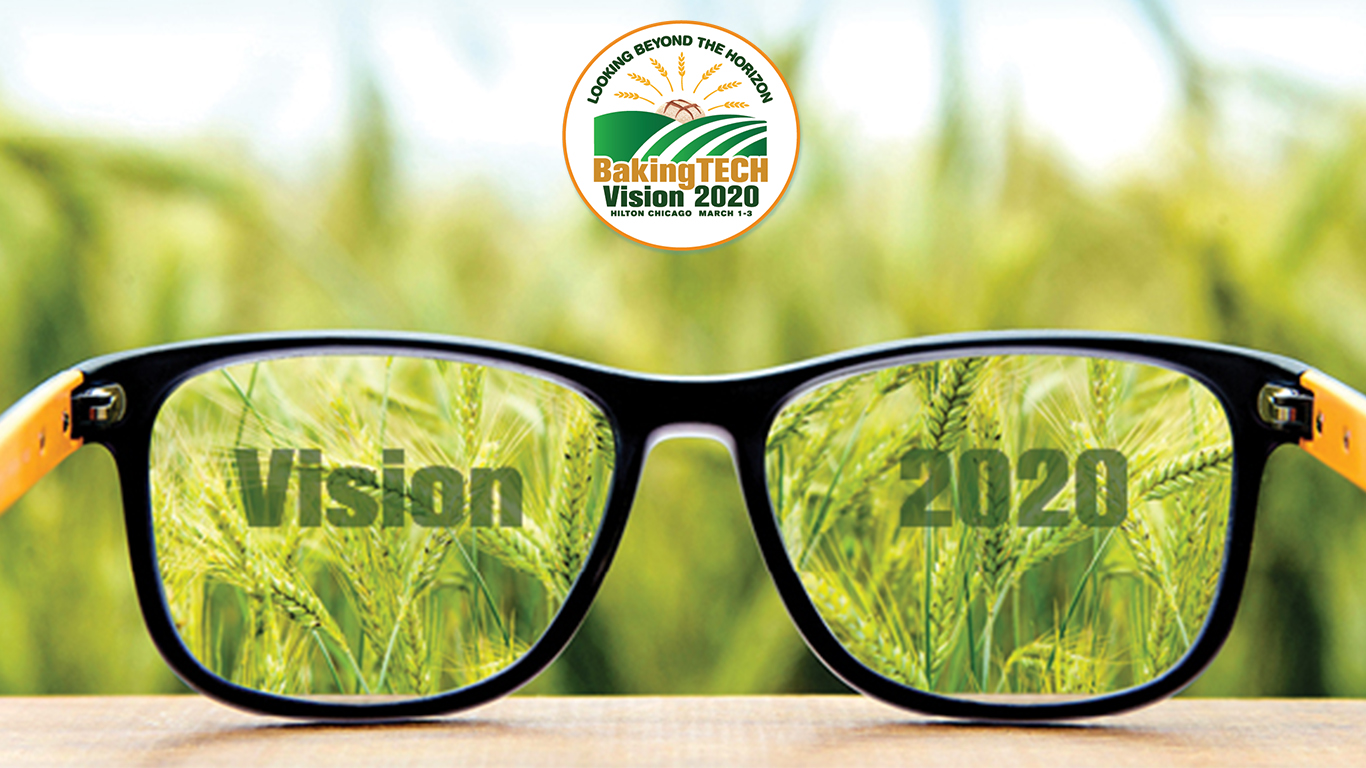For thousands of years, bread was leavened using Sourdough. Around 200 years ago, the bread world was completely changed by the invention of modern milling techniques and commercial yeast. These disruptive technologies have created the bread market we are familiar with today where most of the bread is produced very consistently and quickly. Although this means bakers can make more bread at more affordable prices, we lost certain elements of quality when we lost the use of Sourdough.
Like cheese and wine, the diversity of bread is primarily defined by its fermentation. Transforming grain into sourdough is a very complex process, in which the flour, water, microorganisms, time, and temperature play a crucial role.
Consumers around the world are now rediscovering the complexity and quality that sourdough can impart to even a basic, standard bread. This is leading more and more people to seek higher quality breads even if that means paying a premium.
Learning Objectives:
- How sourdough has risen in popularity as a driver for premium rustic style breads.
- The difficulties of transforming undigestible grains into a nutritional and flavorful leavening agent.
- The role of microorganisms, fermentation substrate, hydration, time, and temperature in sourdough flavor development.
Presenter
Michael Gleason, Puratos

